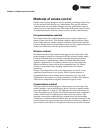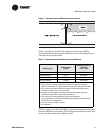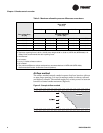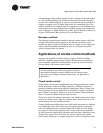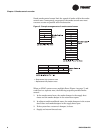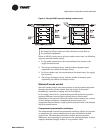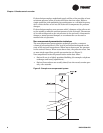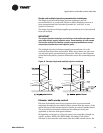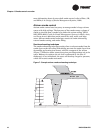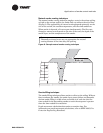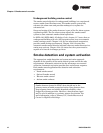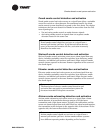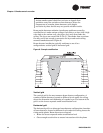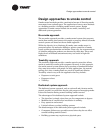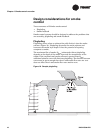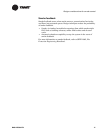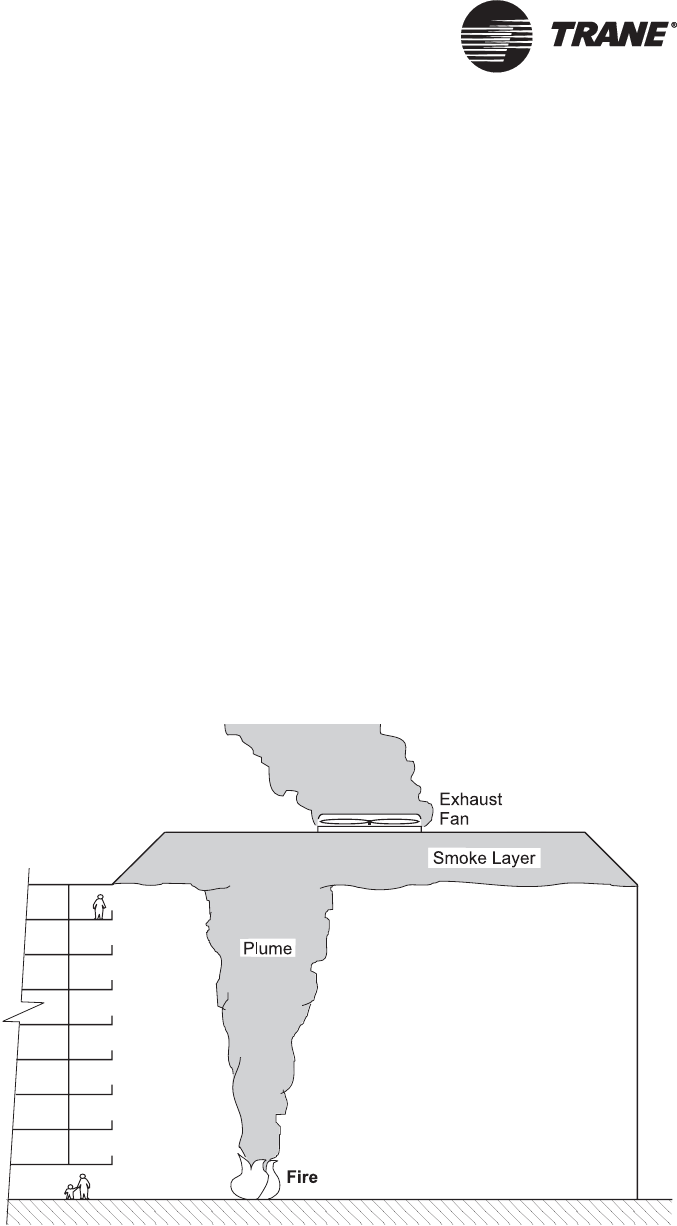
Chapter 1 Smoke control overview
10 BAS-APG001-EN
more information about elevator shaft smoke control, refer to Klote, J.K.,
and Milke, J.A. (Design of Smoke Management Systems, 1992).
Atrium smoke control
Atrium smoke control uses buoyancy to manage smoke in large-volume
spaces with high ceilings. The buoyancy of hot smoke causes a plume of
smoke to rise and form a smoke layer under the atrium ceiling. NFPA
92B (NFPA 2000, Guide for Smoke Management Systems in Malls, Atria,
and Large Areas) addresses smoke control for atria, malls, and large
areas. Atrium smoke control techniques consist of smoke exhausting,
natural smoke venting, and smoke filling.
Smoke exhausting technique
The smoke exhausting technique employs fans to exhaust smoke from the
smoke layer under the ceiling. Exhausting prevents the smoke layer from
descending and coming into contact with the occupants of the atrium
(
Figure 7). Effective smoke removal requires providing makeup air to the
space. Makeup air replaces the air that is exhausted by the fans. If
makeup air is not introduced, the space will develop a negative pressure,
which will restrict smoke movement.
Figure 7: Sample atrium smoke exhausting technique



